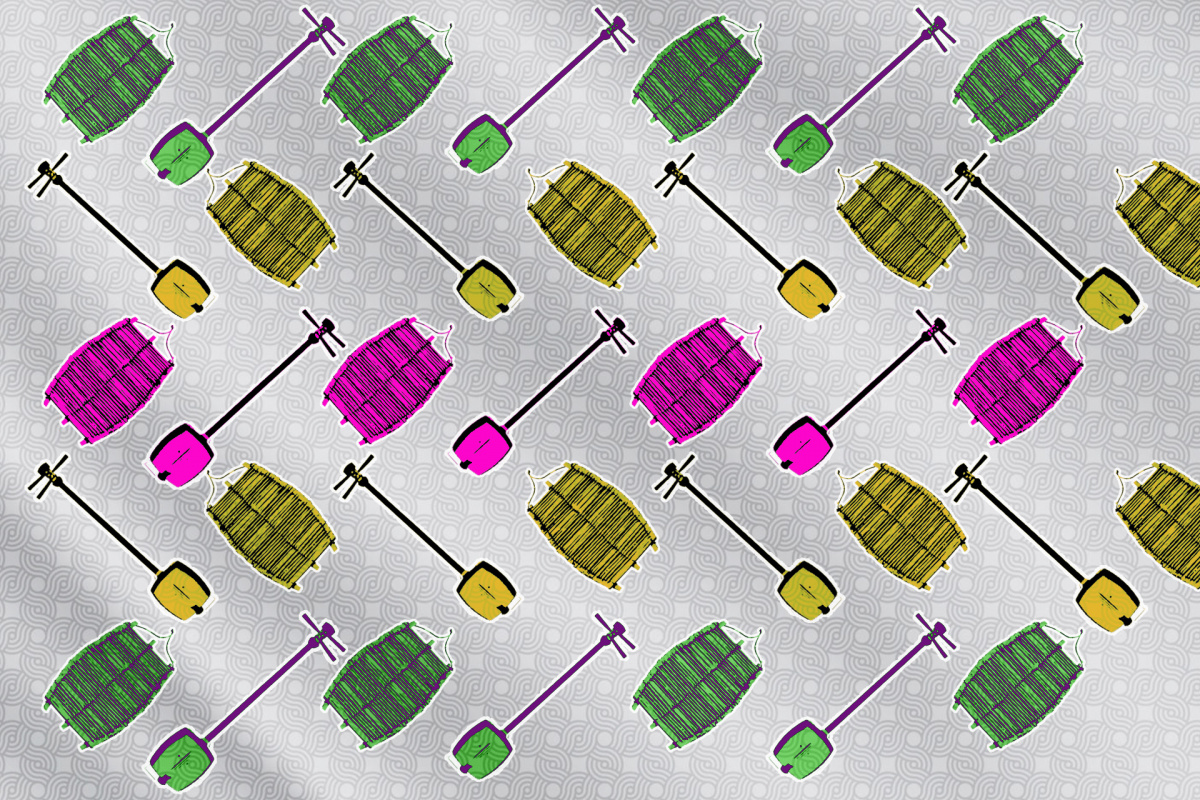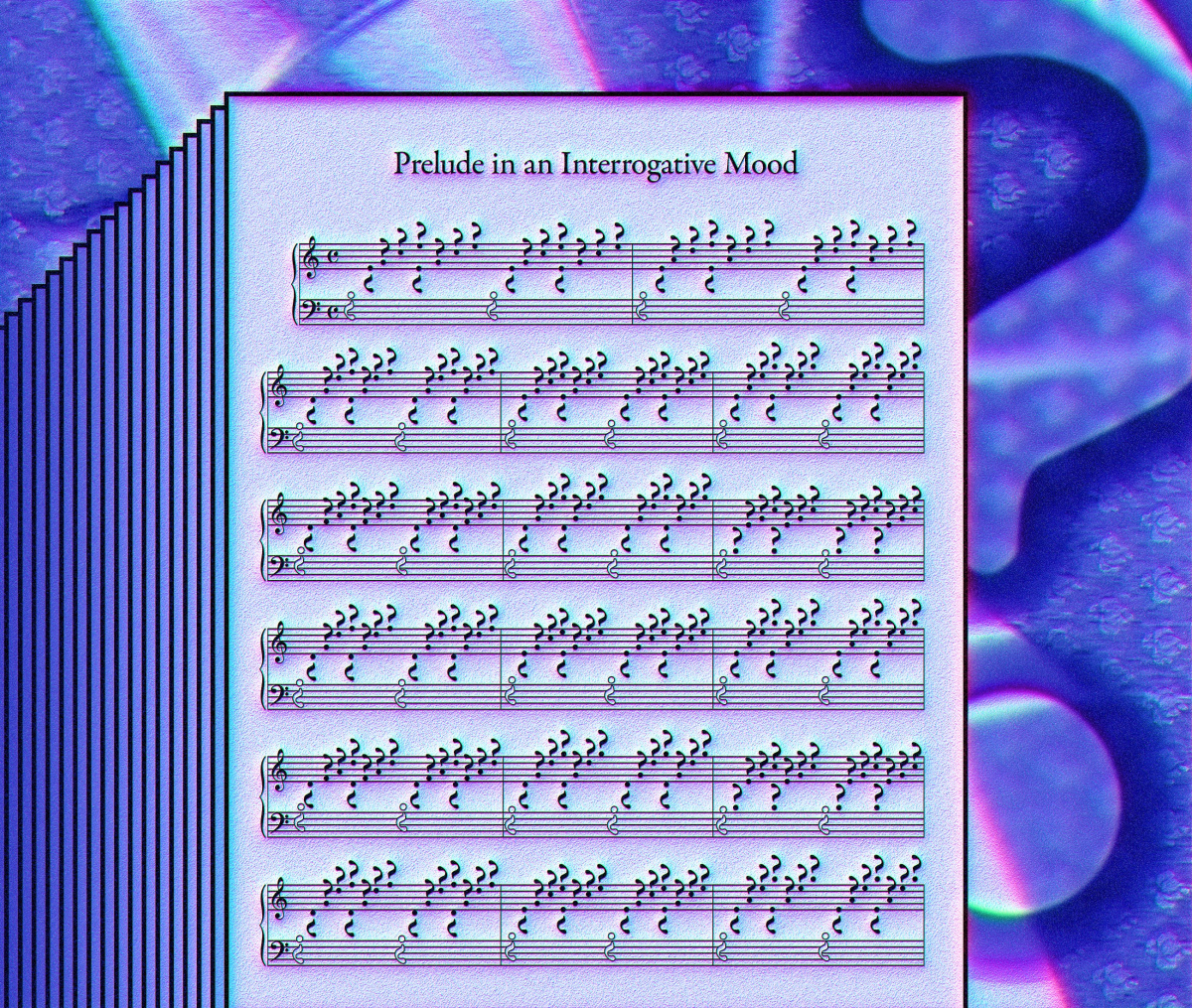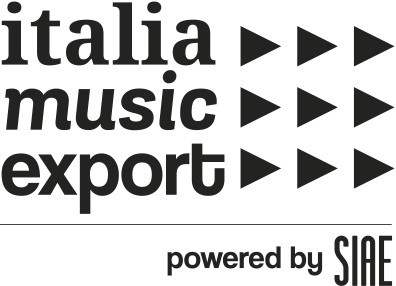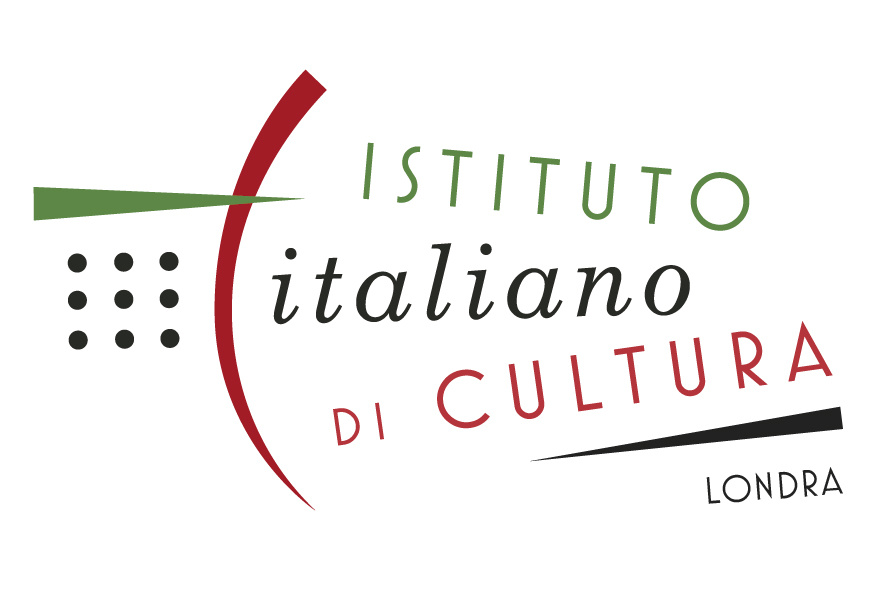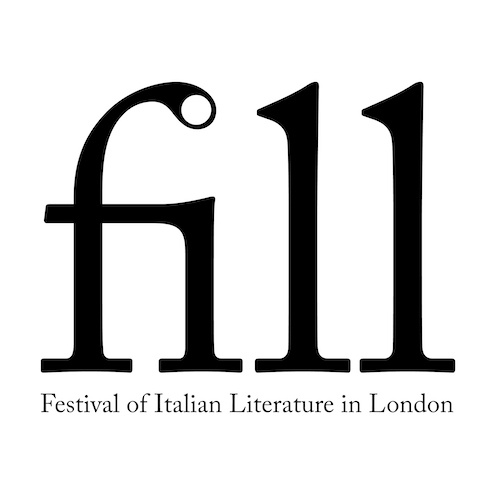Some people think they know what Italian music is, until you really start to ask.
As I write this introduction to the Norient special «Sonic Traces: From Italy», which I had the pleasure to curate, commission, and edit, the Festival della canzone italiana di Sanremo (Italian song festival of Sanremo) has already declared Rome’s 4-piece rock band Måneskin the winner of its 71st edition. The very title of «Italian song festival», though, raises a problem of «labelling» that is at the very center of this collection of contributions. What makes a song «Italian», after all?
Fuzzy Borders
This is, of course, not just a problem for the music sector, but for many other areas of one nation’s heritage: Everyone seems to agree that there is an Italian culture, an Italian language, indeed an Italian state that should, politically speaking, glue everything together, right? The very moment you zoom in, though, the fuzzier these apparently clear borders become, to the point where one is not really sure what ground they are really standing on, so to speak.
So, going back to my initial question: What makes a song «Italian»? Well, one could say, if it is sung in Italian, that makes it pretty much automatically Italian? I would argue that my parents spent their lives as teenagers and young adults surrounded by songs that were indeed sung in Italian, but were penned abroad. I still remember them singing along to «Bang bang» by Equipe 84 (a 1966 Italian cover of «Bang Bang (My Baby Shot Me Down)», recorded and published the same year by Cher), or «A chi» by Fausto Leali, originally «Hurt» by Roy Hamilton, just to flag a couple of examples drawn from my childhood. In most cases, my parents never heard the original versions, and would swear they were Italian songs, written and performed by Italian artists.
Well, one could say, music written and performed by Italian musicians would then be considered Italian? This seems right, but what if that music is composed to sound like it’s been written somewhere else entirely? Trap music made by Italian artists does not seem very Italian, does it?
Right, then what about Italian music penned in Italy, by Italian musicians in a now distant past? I feel forced to ask: Is music composed before Italy even existed as the country we know now (say, 1861, the year of the Italian Unification), really Italian music? Meaning: Does the territory on which it was penned, make that music automatically [insert national identity here] music?
Slippery Lands
As you can see, the closer we look, the more slippery the very (mental and physical) land we stand on becomes. What is taken for granted is that there is indeed an Italian music repertoire that was created, properly labelled, and then exported abroad to represent that specific corner of Italian culture in the years up until now, but it is something far shakier than we would like to think. There are many other questions this collection of essays, memoirs, manifestos, and interviews seem to unearth: Is music made by members of the Italian diaspora to be considered Italian music? Conversely, is music made by Afrodescendents or Latinxs in Italy, Italian music? What sparks of creativity did the friction between apparently distant worlds, like 1980s Sicily and British dark goth, make possible? What happens when the political, cultural, and military Angloamerican machine lets its grip go, and new cultural horizons from the East appear closer than we imagined? How can we recontextualize old music idioms from the South of Italy like pizzica in an interconnected world? What music possibilities were imagined by people born in what we now call Italy, both in and outside of the Peninsula? What sort of heritage do we want to preserve, cherish, and pass down to the next generations?
All these questions should be left unanswered, for now. By challenging old stereotypes, and letting many underrepresented communities narrate their own stories, this collection is much more about opening up a collective debate than consolidating, once and for all, our ideas around Italian music.
These are sonic traces, after all: They point to different, varied, and in some cases contrasting directions, which I hope you will want to follow.
